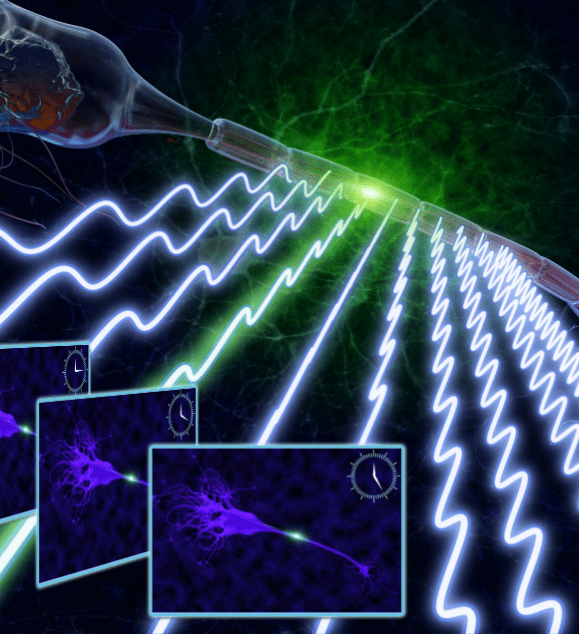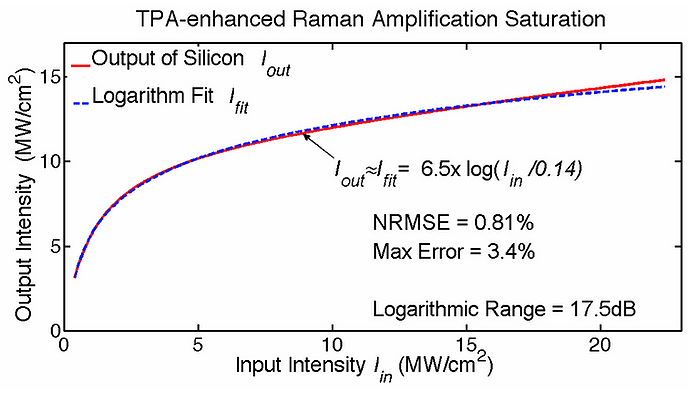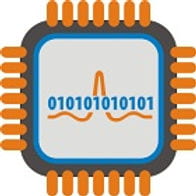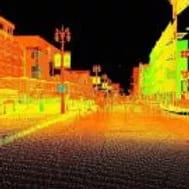Research
The JALALI-LAB @ UCLA performs multi-disciplinary research and development in the fields of silicon photonics, microwave photonics, and biophotonics for biomedical applications. Below is a list of ongoing projects. Please click on the project name for more details.

Fast Fluorescence Imaging using Radiofrequency-tagged Emission (FIRE)
New development in microscopy inspired by wireless technology eliminates the speed limitation in biological imaging for blood diagnostics and brain mapping

Serial Time-Encoded Amplified Microscopy (STEAM)
STEAM is a new type of imaging modality for continuous real-time observation of fast dynamical phenomena such as shockwaves, chemical dynamics in living cells, neural activity, laser surgery, and microfluidics.
Silicon Photonics
Empowering silicon with optical functions such as the ability to emit, guide, and modulate light could be the key to creating short-distance ultrafast optical interconnects that overcome one of the most formidable hurdles in scaling the speed of computing

Optical Logarithm
Optical computing accelerators help alleviate bandwidth and power consumption bottlenecks in electronics. We show an approach to implementing logarithmic-type analog co-processors in silicon photonics and use it to perform the exponentiation operation and the recovery of a signal in the presence of multiplicative distortion.

Center for Integrated Access Networks (CIAN)
The Center for Integrated Access Networks (CIAN) is a multi-institutional research effort consisting of more than several universities including UCLA. The vision of CIAN is to create transformative technologies for optical access networks where virtually any application requiring any resource can be seamlessly and efficiently aggregated and interfaced with existing and future core networks in a cost-effective manner.

Ultra-Wideband Time-Stretched Digitizer
With increasing bandwidth demands from internet backbones, optical links with 100 Gb/s and higher data rates per wavelength channel are being targeted. To meet these demands, spectrally efficient modulation formats are being developed.

Generation and Control of Optical Rogue Waves
Using real-time measurements, we have discovered a new phenomenon known as optical rogue waves, counterparts of the freak ocean waves thought to be responsible for destruction of ships on the open sea.

Dispersive Fourier-Transform Spectroscopy
In contrast to traditional spectroscopy in which an optical spectrum is obtained by spatially dispersing light with a prism or diffraction grating onto a detector array, we employ a new type of spectroscopy method known as dispersive Fourier transformation – an optical process that maps the spectrum of an optical pulse into a time-domain waveform using group-velocity dispersion and simultaneously amplifies it in the optical domain.

Hybrid Dispersion Laser Scanner
Laser scanning technology is one of the most integral parts of today’s scientific research, manufacturing, defense, and biomedicine. In many applications, high-speed scanning capability is essential for scanning a large area in a short time and multi-dimensional sensing of moving objects and dynamical processes with fine temporal resolution.

All-Dielectric Photonic-Assisted Radio Front-End Technology
The threats to civil society posed by high-power electromagnetic weapons are viewed as a grim but real possibility in the world after September 11, 2001. These weapons produce a power surge capable of destroying or damaging sensitive circuitry in electronic systems.

High-Throughput Optical Microscopy for Cancer Detection
While useful for detailed examination of a small number of microscopic entities, conventional optical microscopy is incapable of statically relevant screening of large populations (> 1 billion) with high precision due to its low throughput and limited digital memory size.
